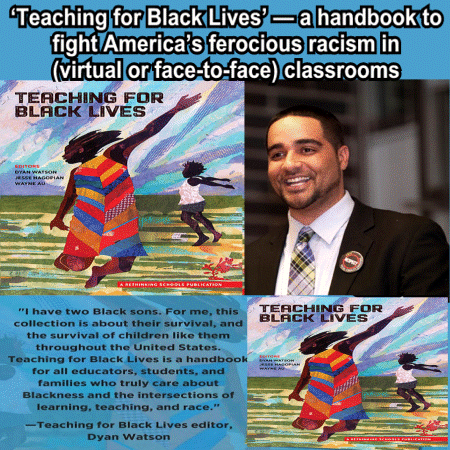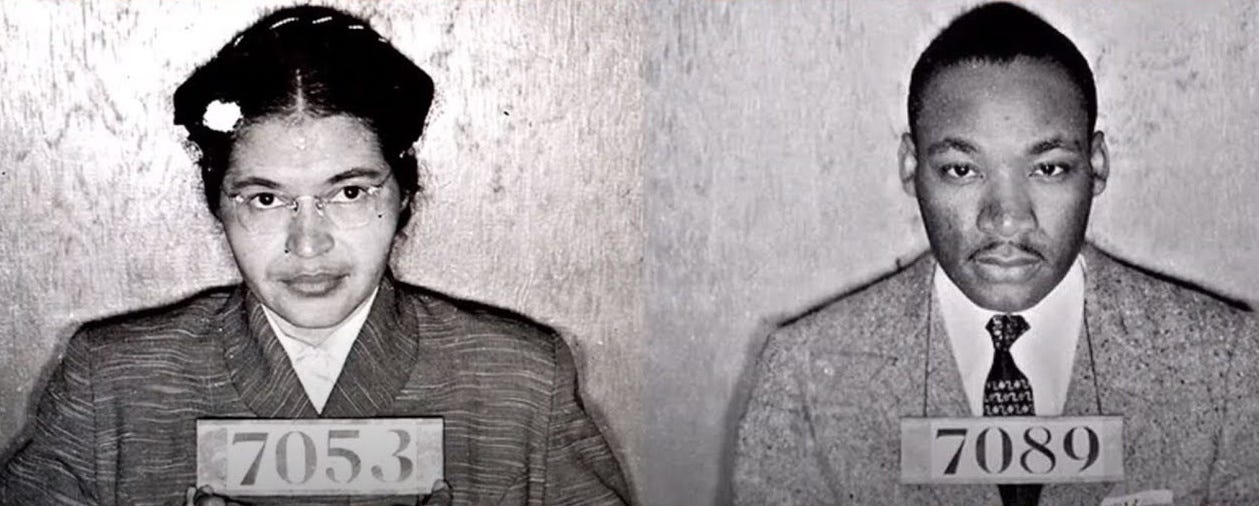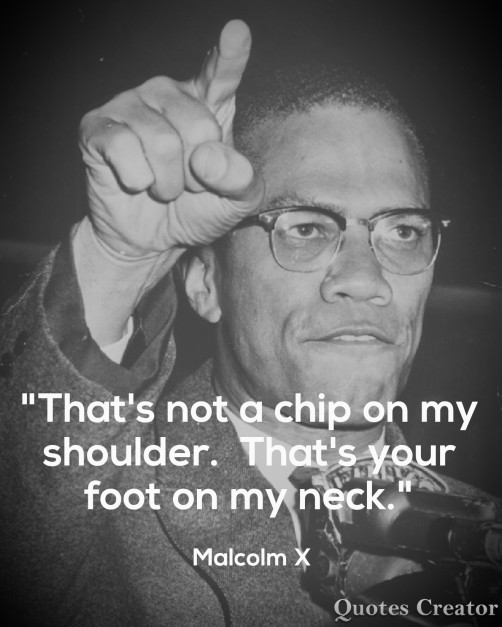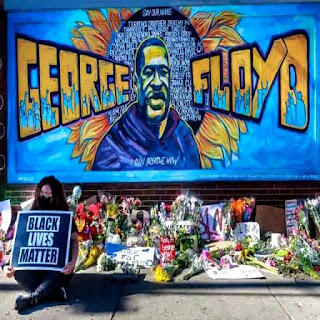America Has Failed in Every Way But One
This year has been a disaster.
We are living through a global pandemic yet have inadequate health screenings, medical equipment or a viable vaccine.
We are witness to public lynchings of black people at the hands of law enforcement yet our legal system continues to be slow to act if at all.
Our schools and hospitals are starved for resources yet police have riot gear, tear gas and army surplus tanks to patrol the streets.
Climate change causes unprecedented storms, droughts, wildfires, hurricanes and other extreme weather yet our policymakers refuse to take any action to change it or even acknowledge it’s happening.
We’re experiencing record unemployment and a stalled economy yet the super rich loot and pillage recovery efforts to record profits.
White supremacists are terrorizing our communities yet we ignore it until someone is killed and refuse to see any CONTINUE READING: America Has Failed in Every Way But One | gadflyonthewallblog




























